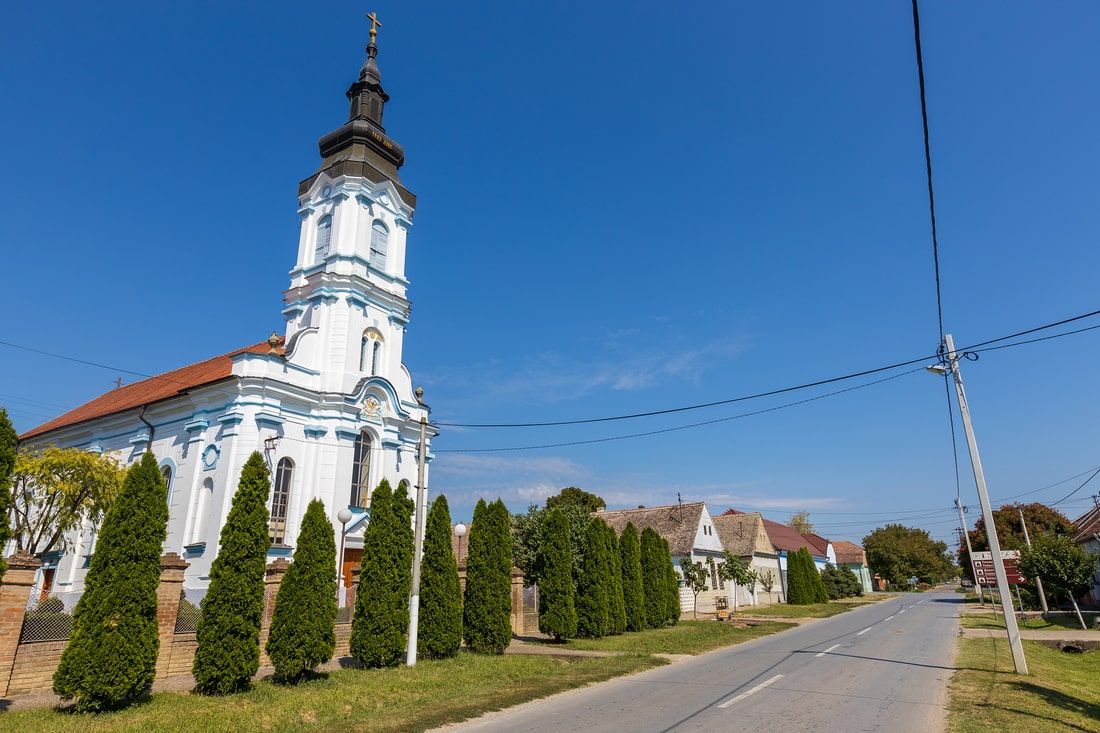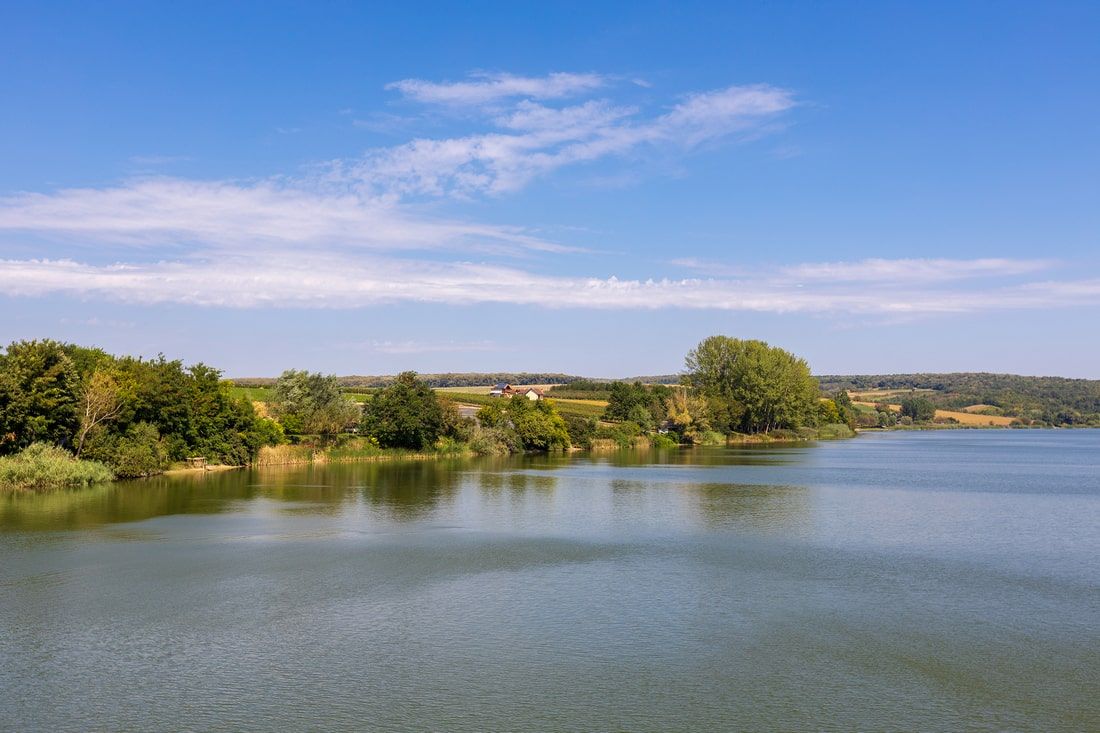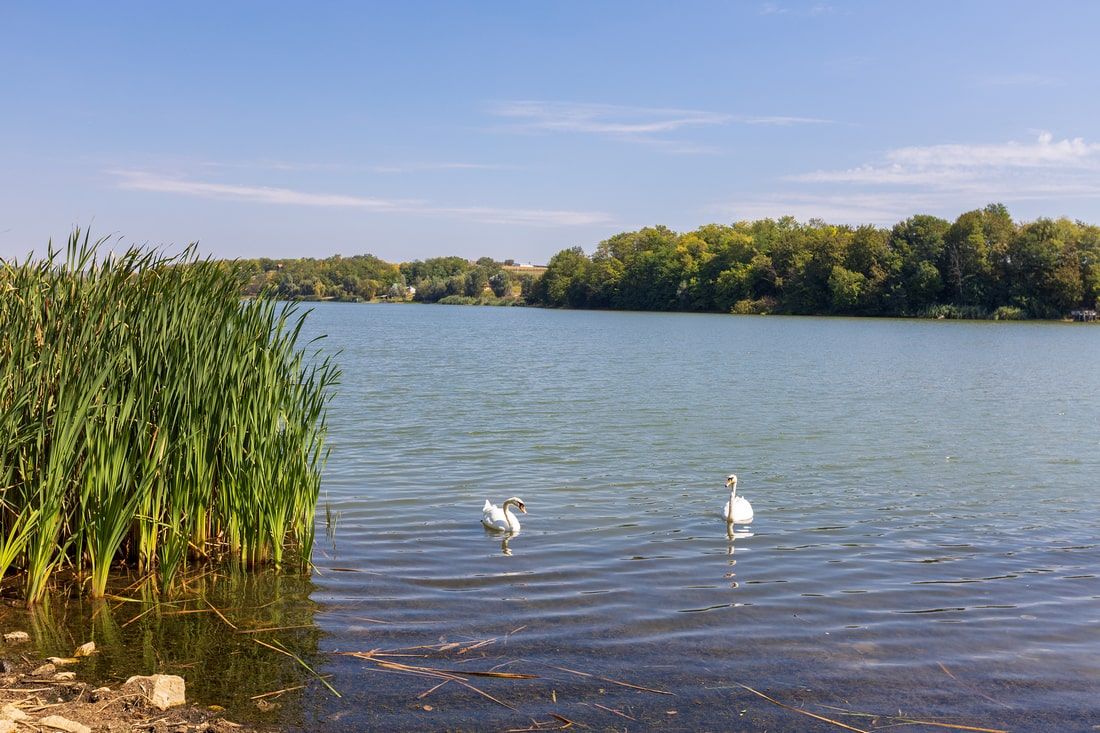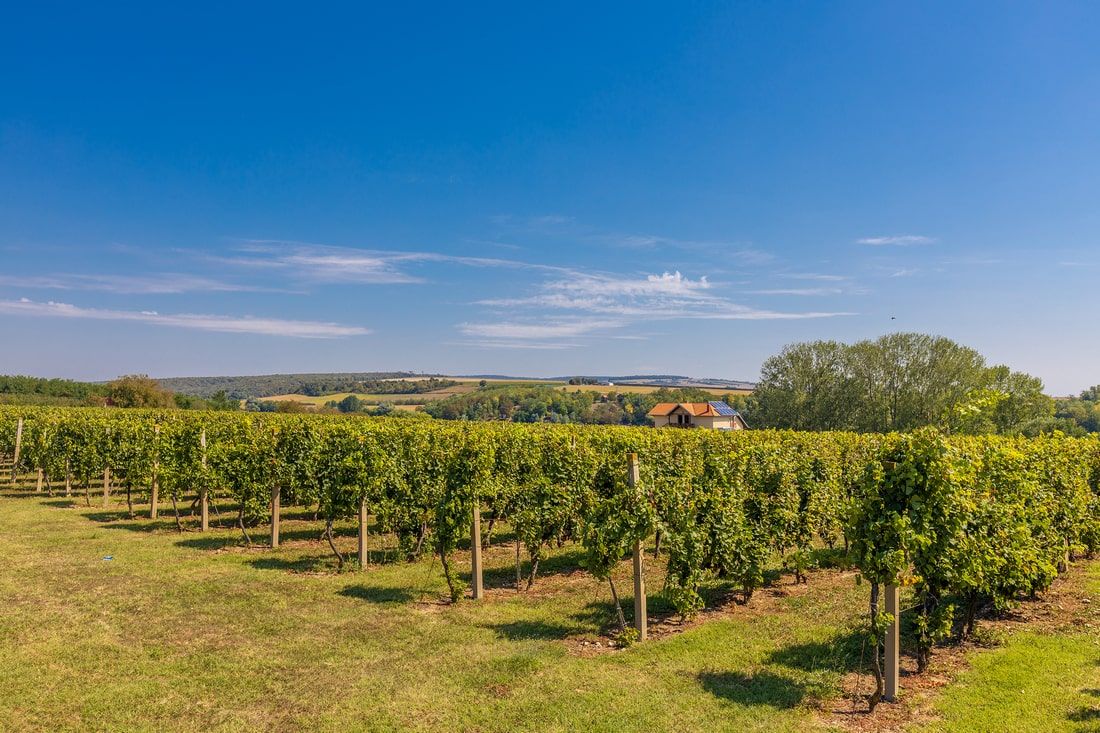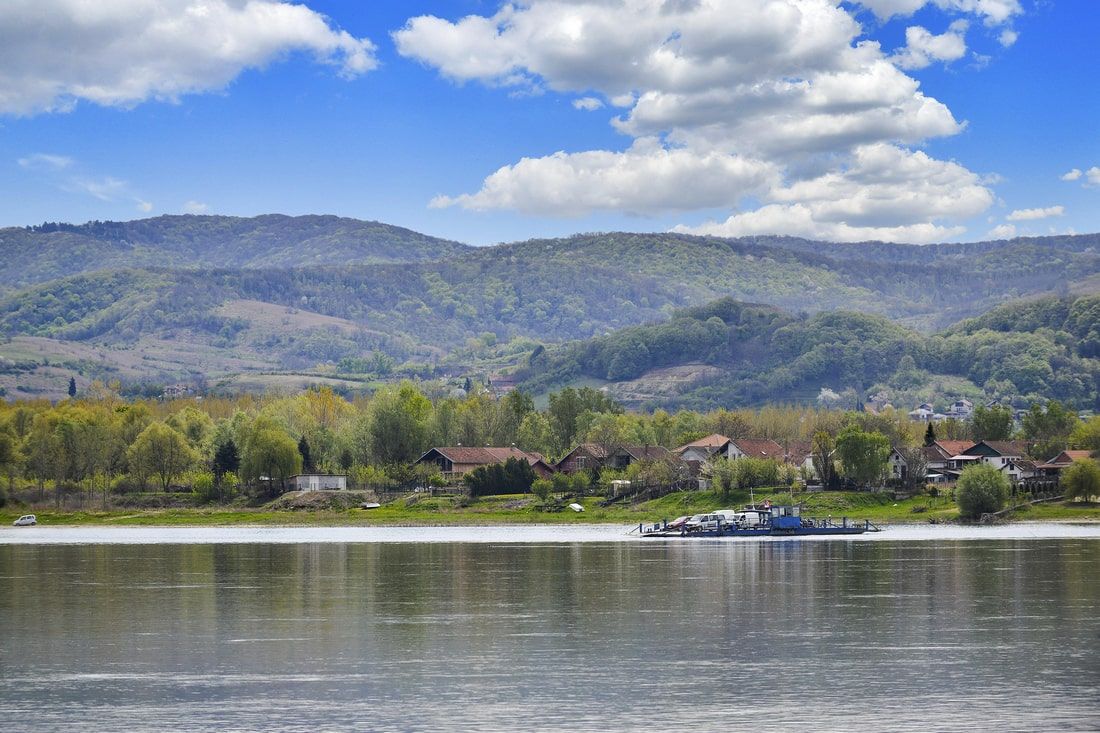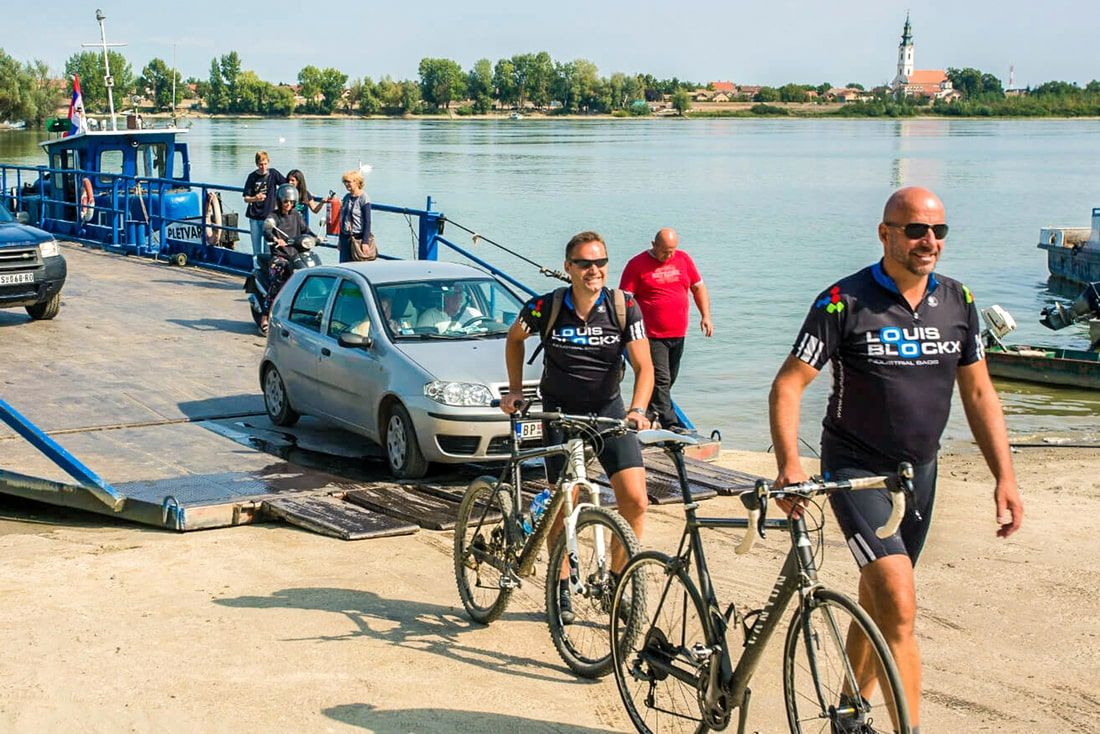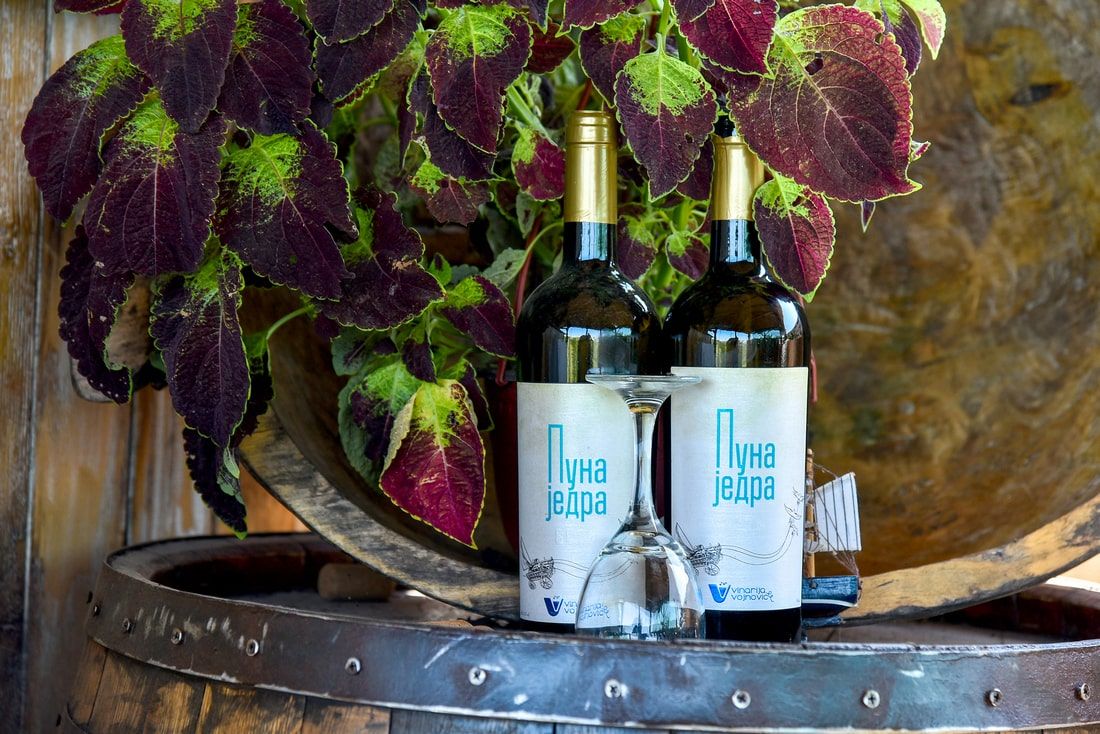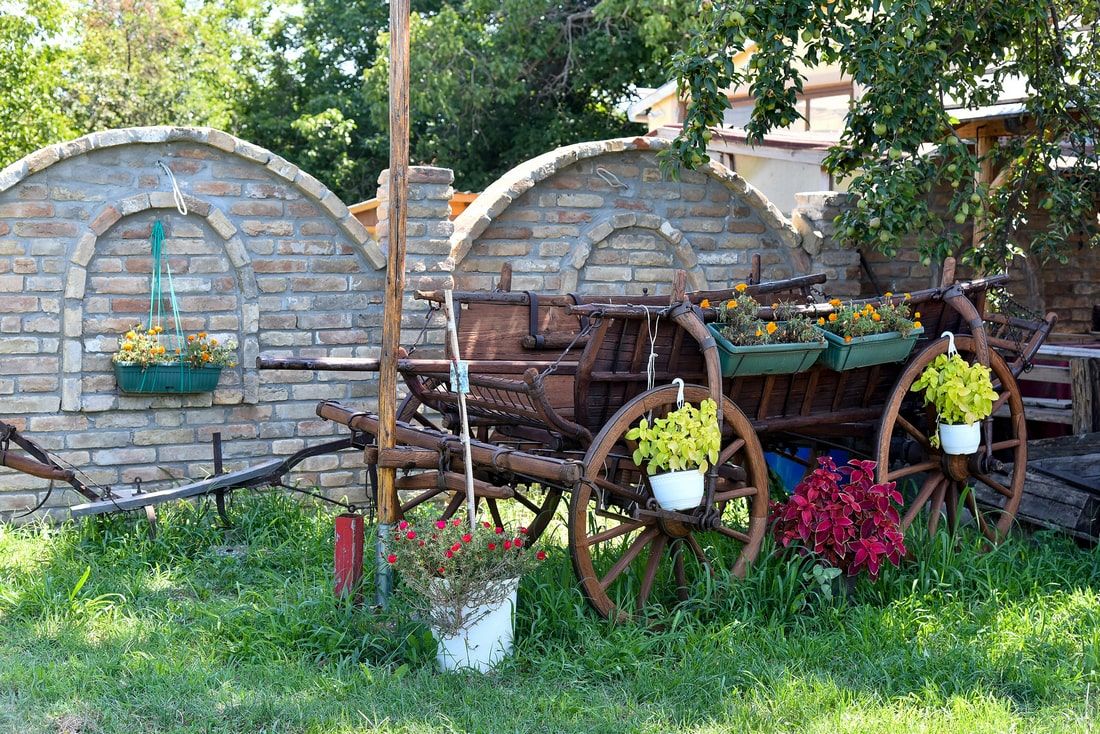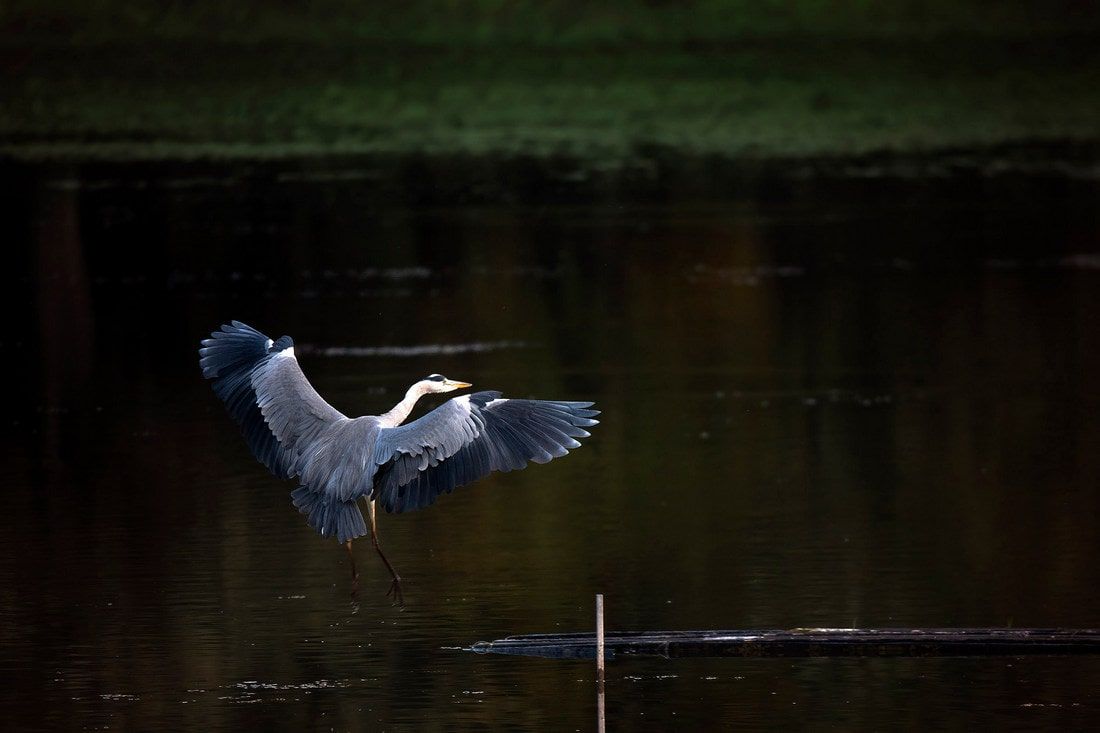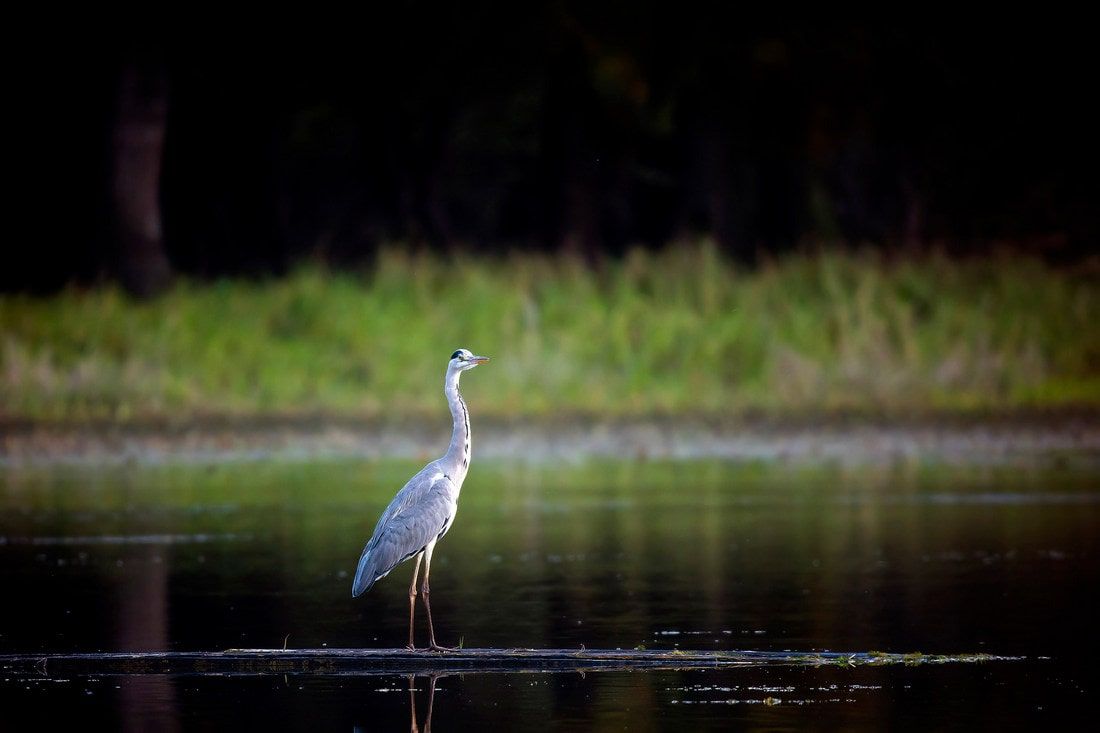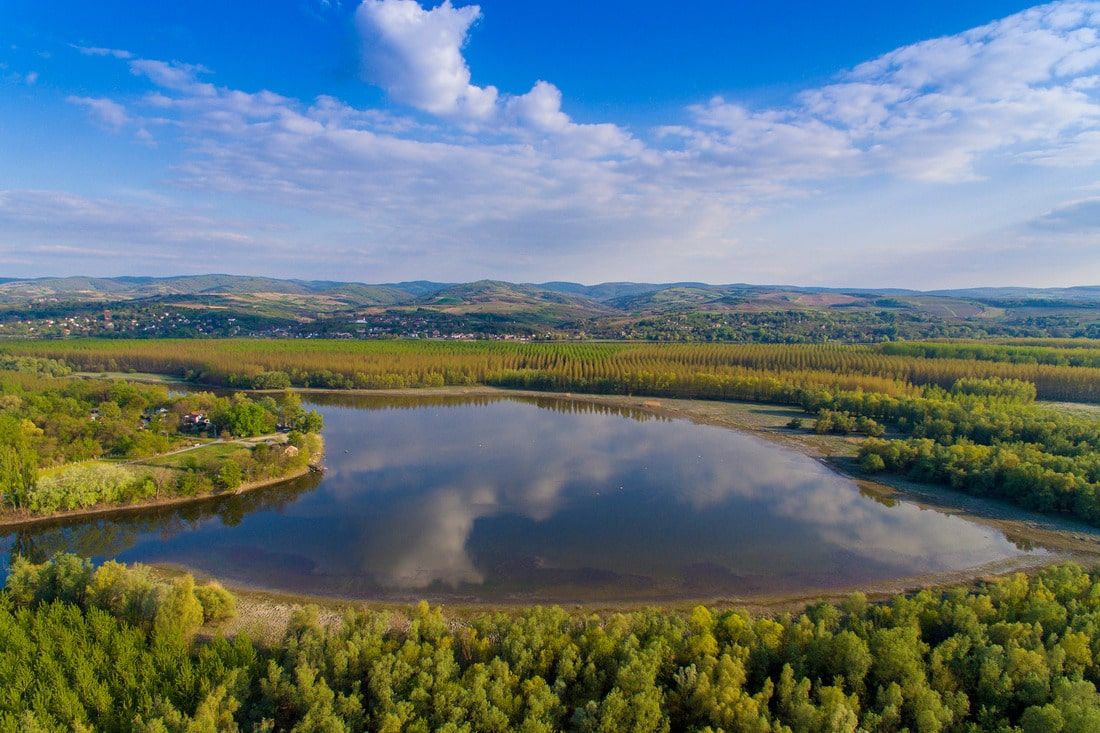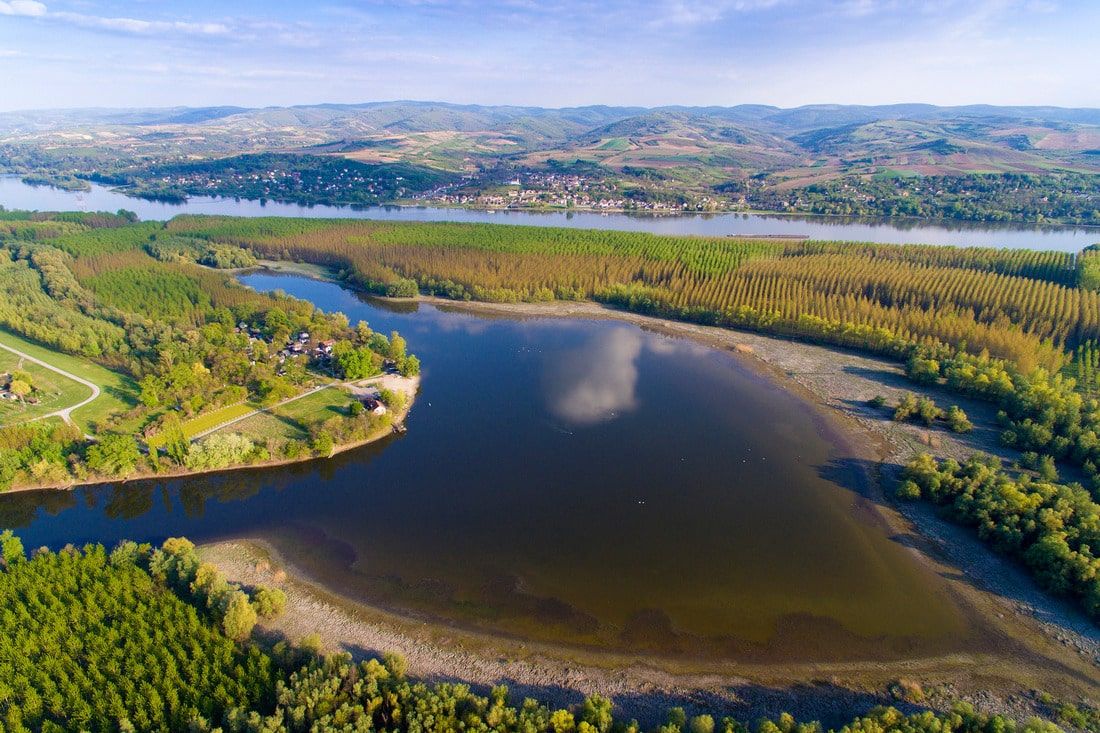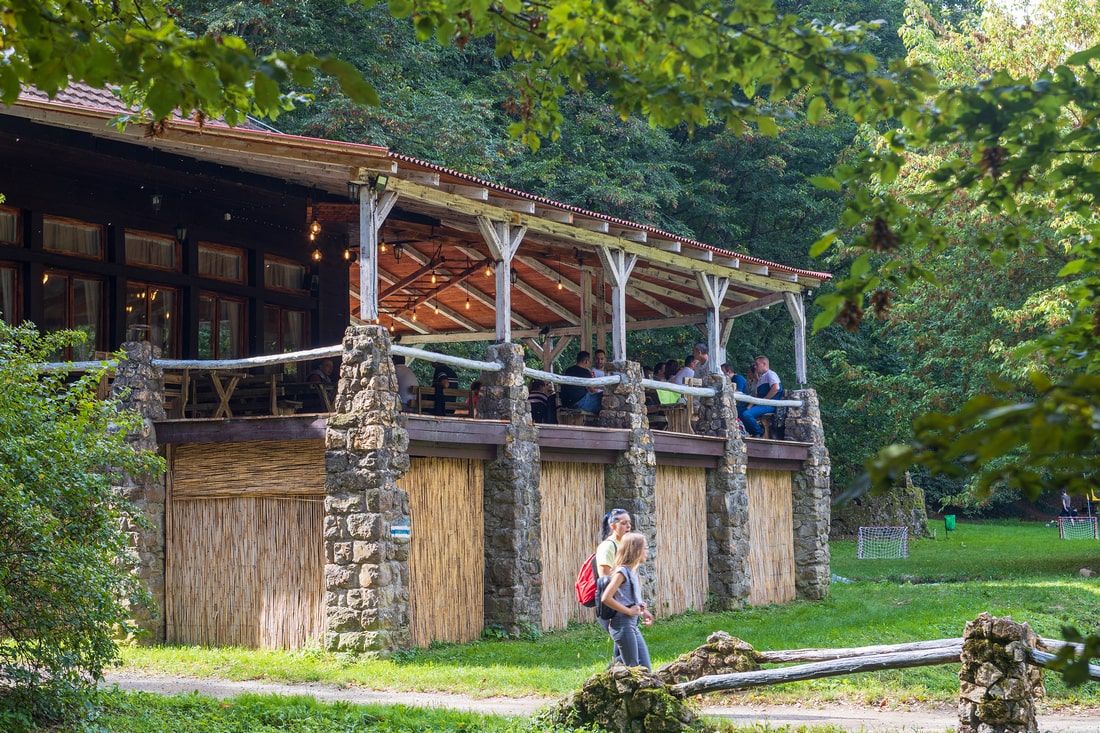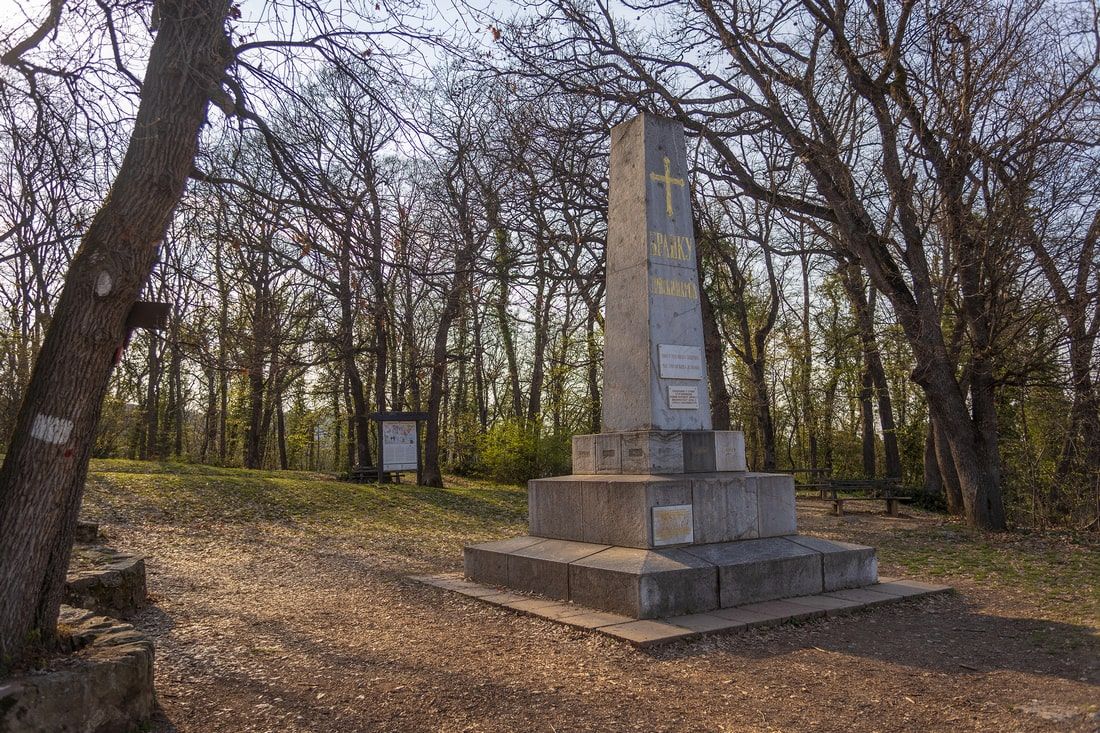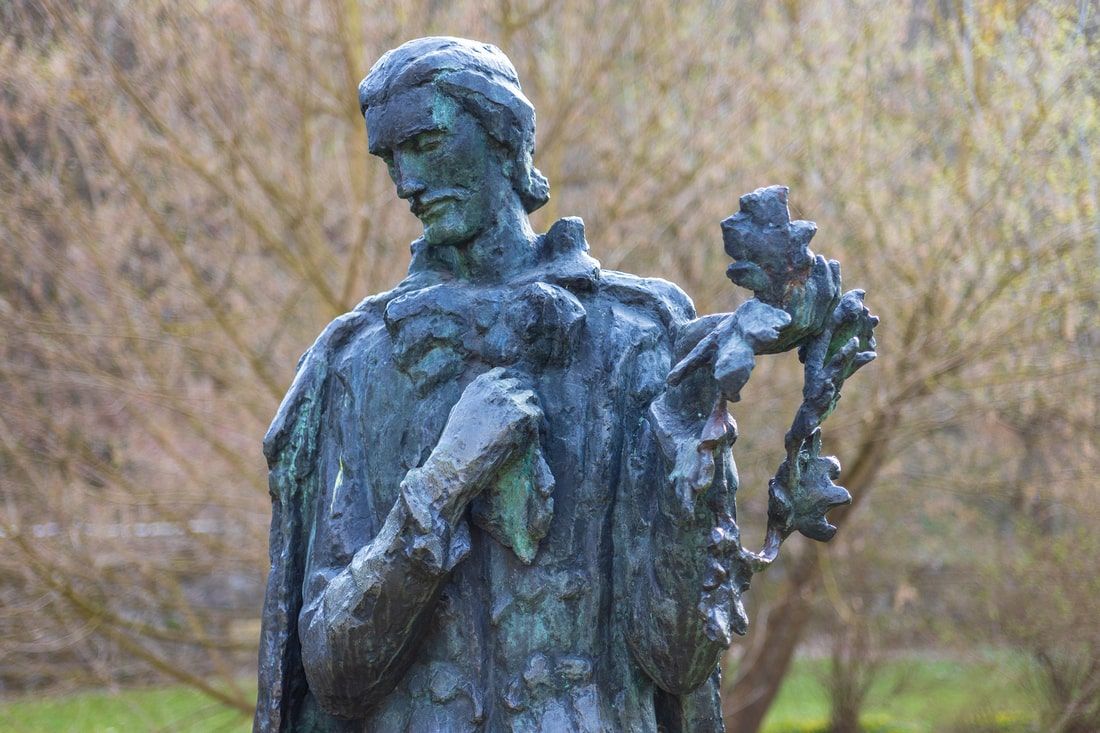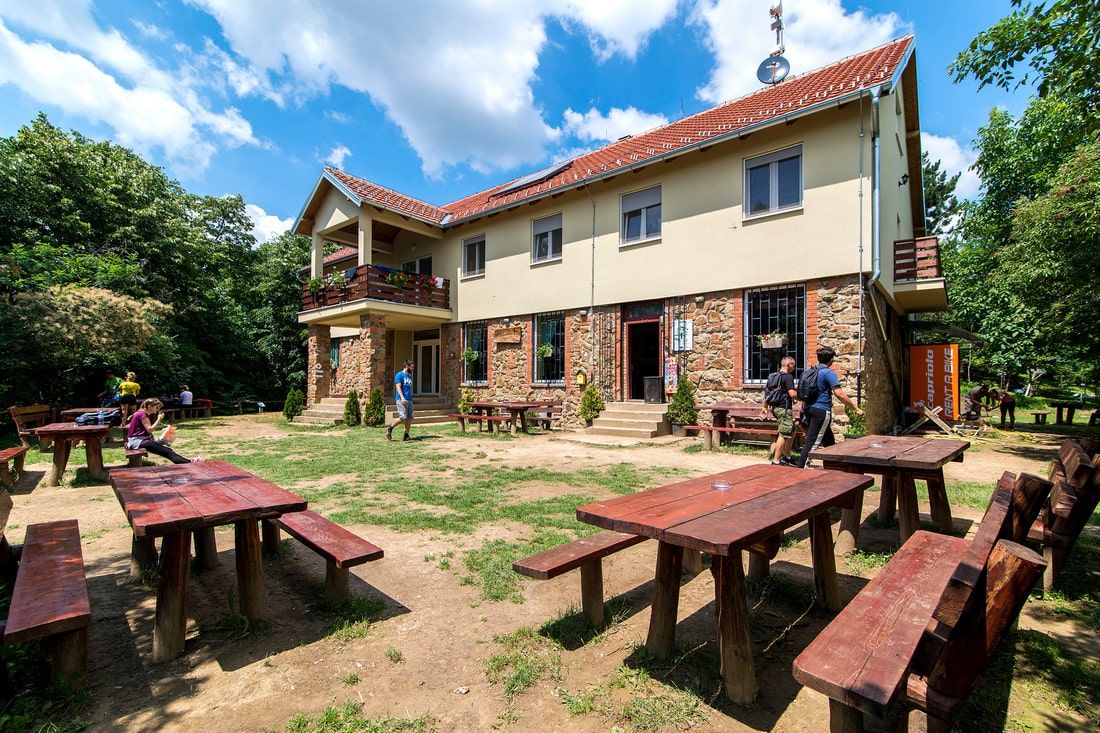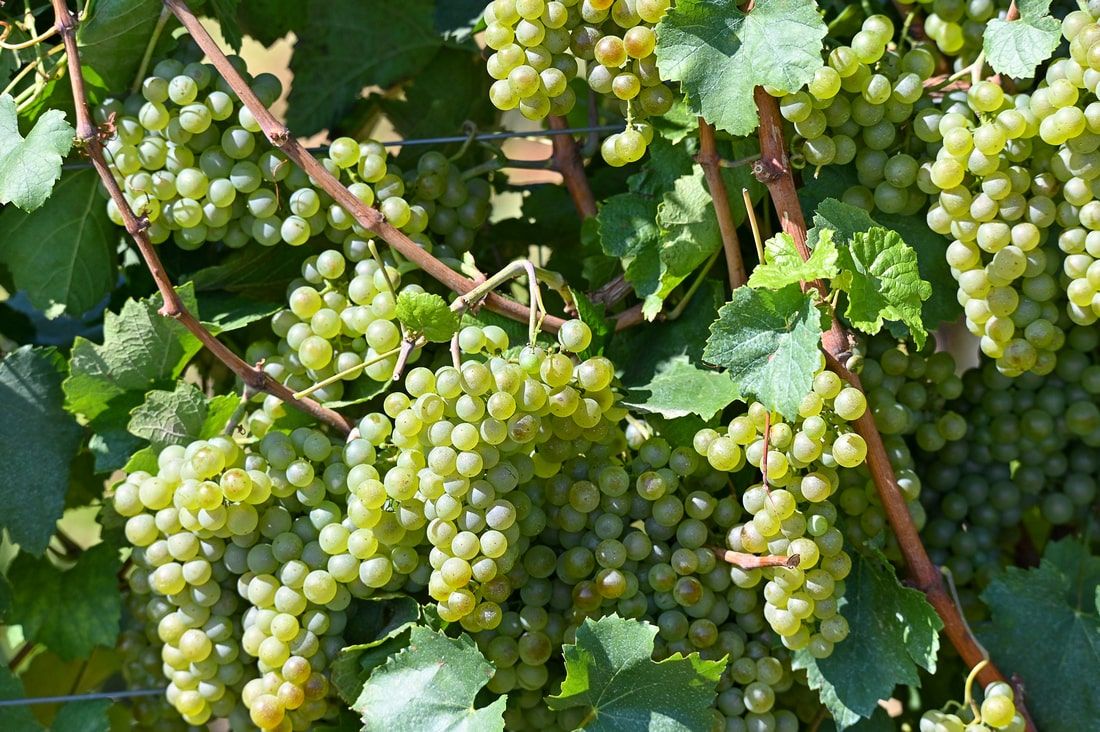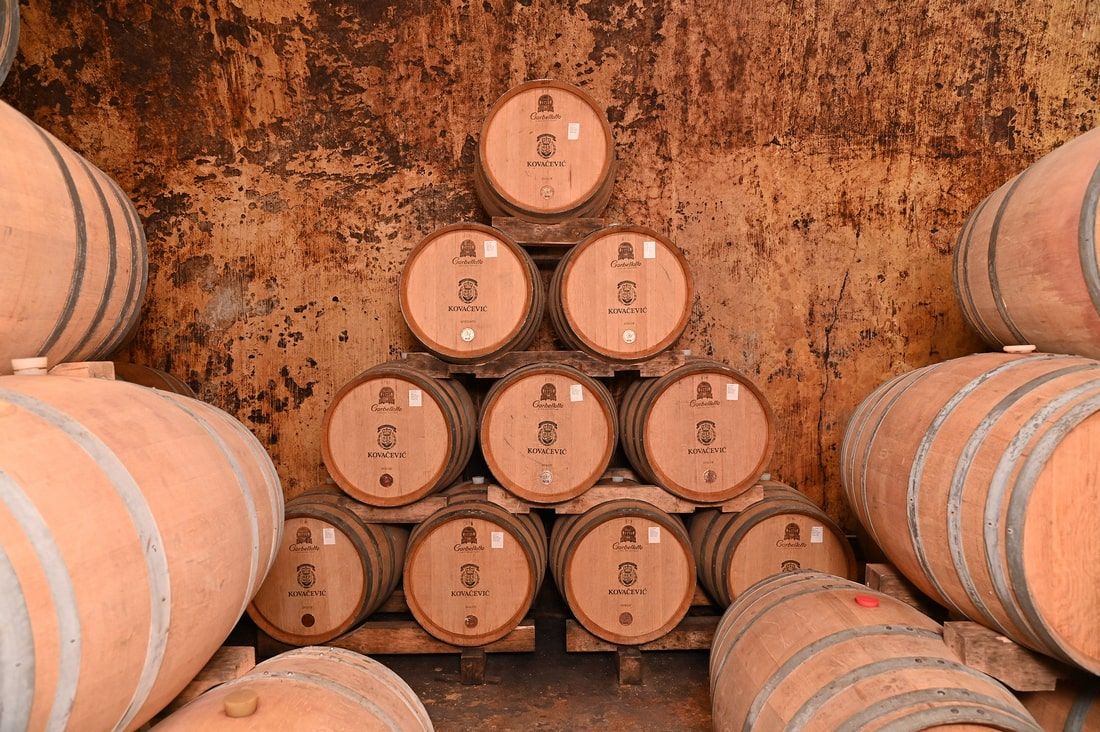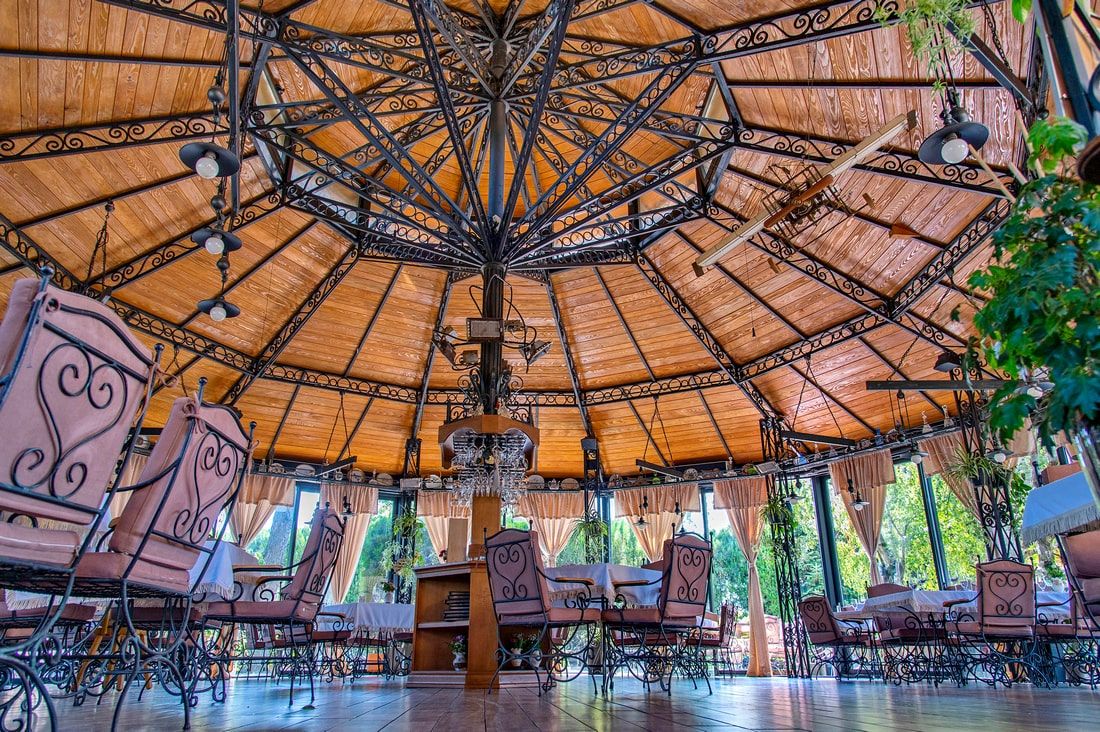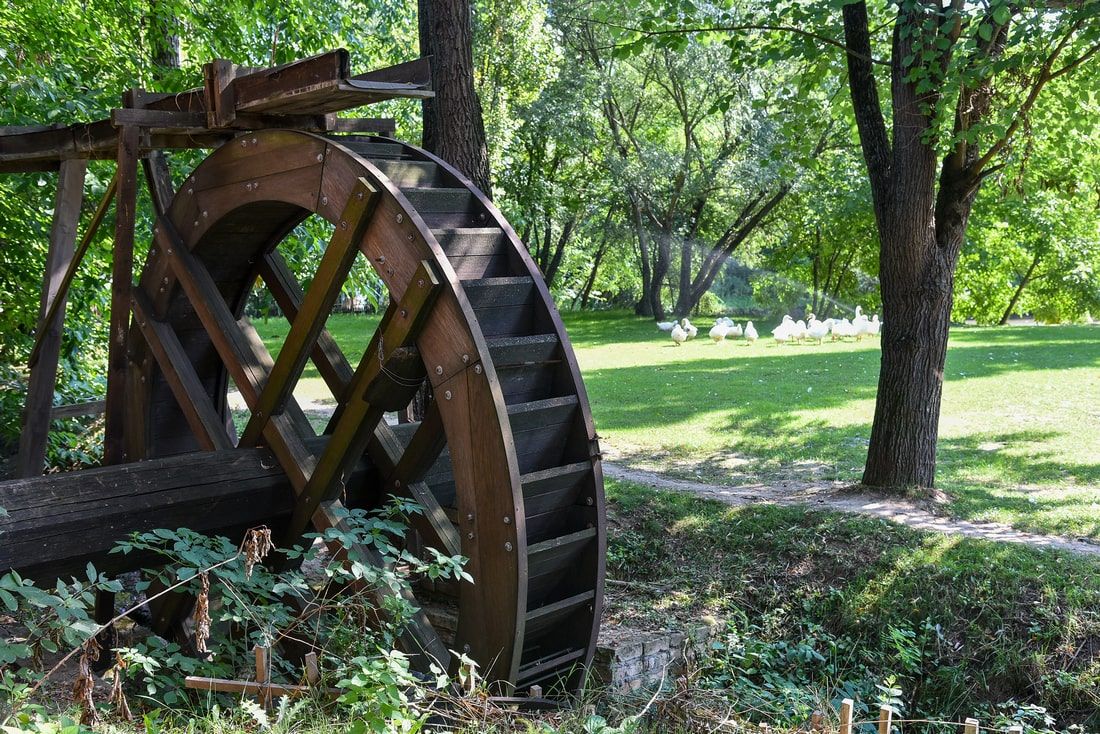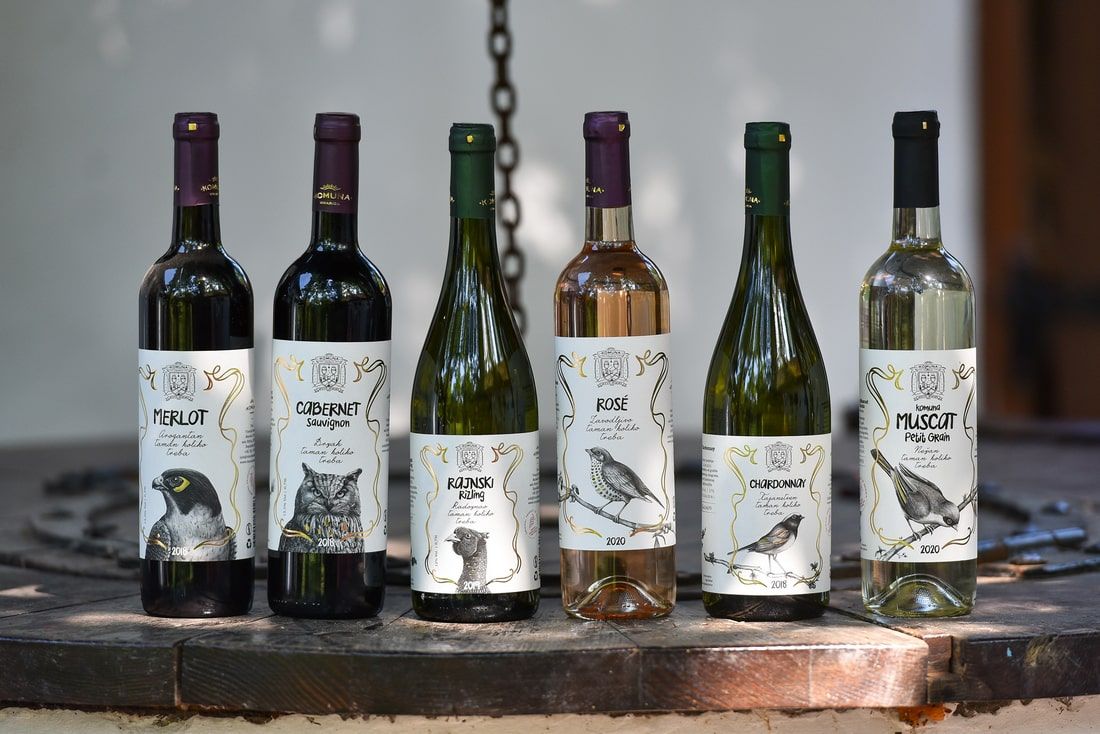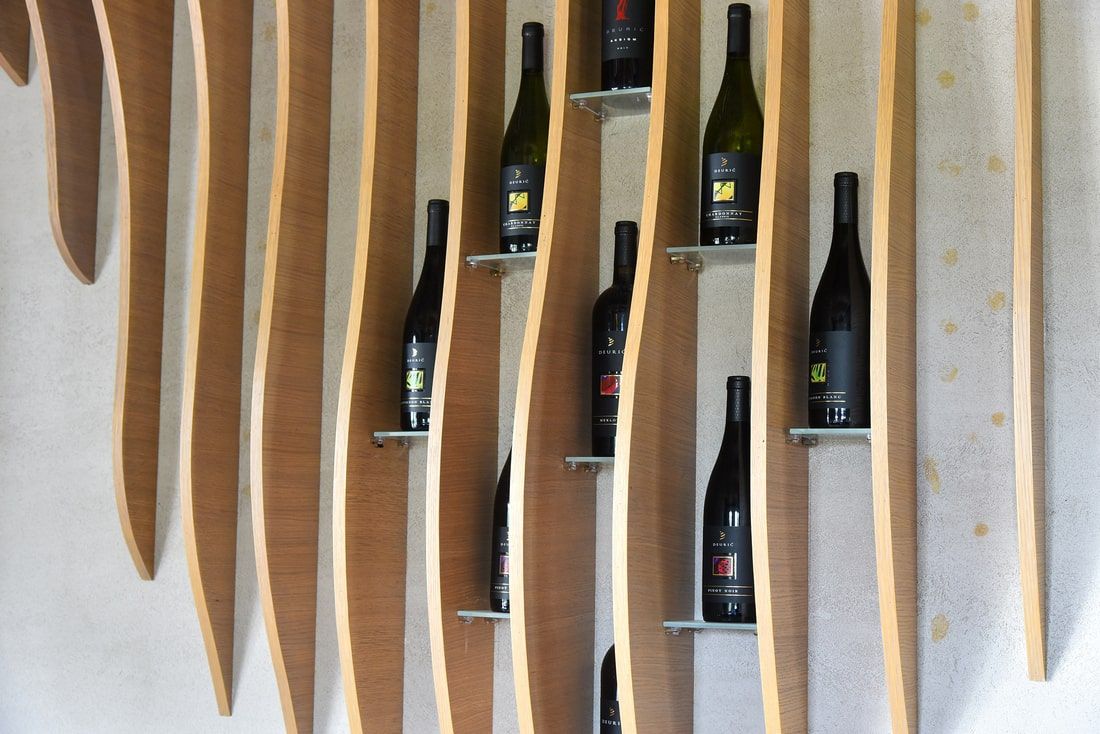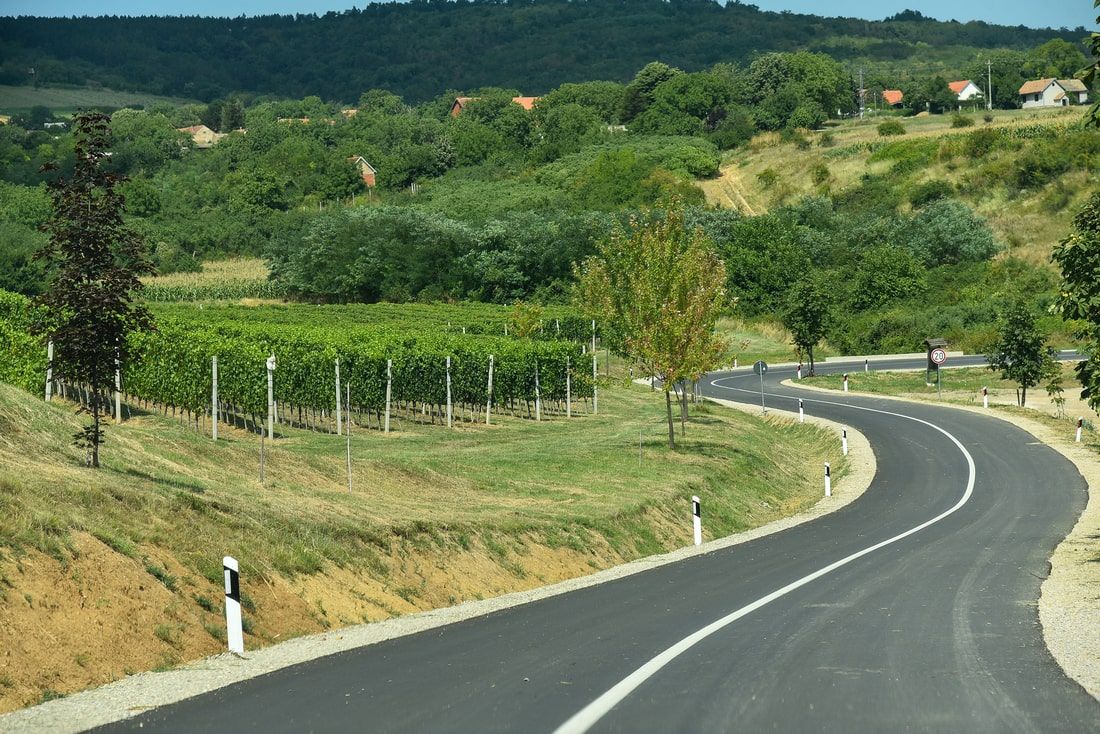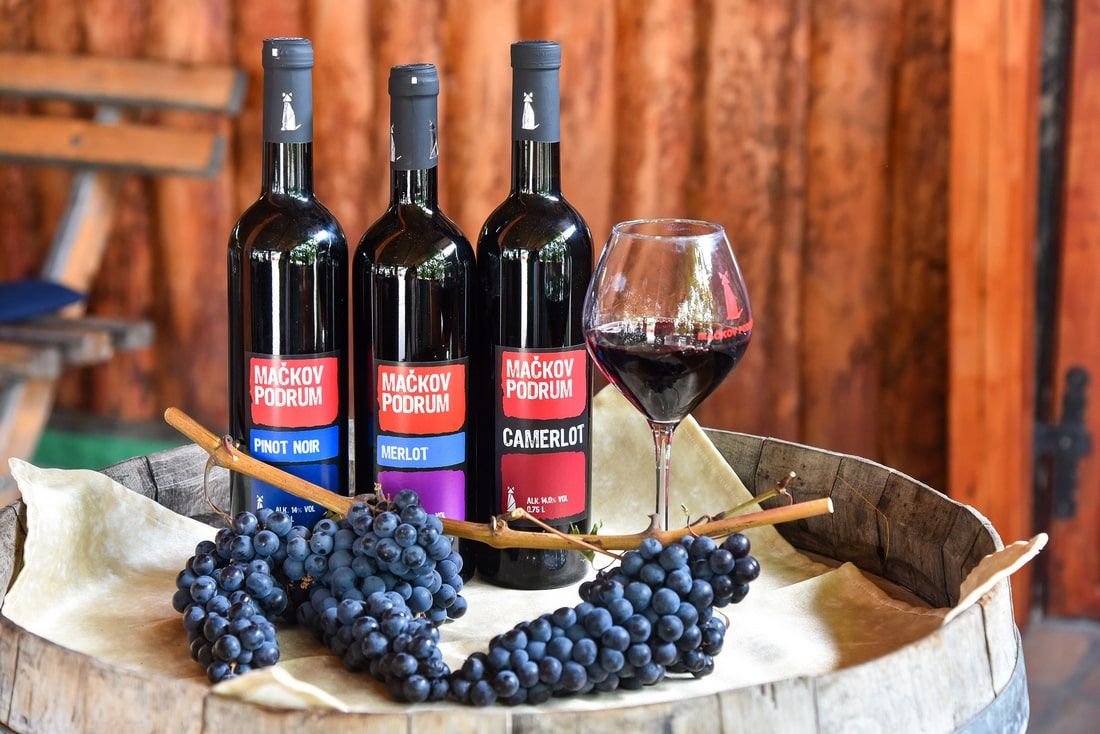52 Weekends - April
Fruška Gora – towards Erdevik
The journey to Erdevik is the one that is less frequent, but also the one that provides greater joy and enjoyment. First you need to go along the Srem side of the Danube: Beočin, Čerević, Banoštor, and Koruška. Along the way you can stop to visit some of the sights, buy wine, take good photos, or just take a break. The second part of the journey will take you to the centre of Fruška Gora, across Sviloš to the crossroads on the main ridge of Fruška Gora, from where you should turn towards Šid and reach Rohalj Baza. Stop there and remember that Fruška Gora was the centre of resistance against fascism and that it is full of evidence of the brave resistance of the Srem youth, so that many lives that were then laid down for freedom are woven into our present.
The road will take you further to the Kuveždin monastery where you can also book a time for a tour. After Divoš, you will arrive in Erdevik, a well arranged town in Srem with lots of greenery. Erdevik region is rich in natural attractions, there is also a monumental heritage and of course wineries (http://www.tourismsid.rs/).
Look for the property of Đuro Kubečka on the outskirts of Erdevik, and when you find it, you can take a break for half a day, for one day, for several days. Đuro Kubečka’s agricultural estate is located on the Moharač Lake. In addition to the vineyard and wine cellar (where you can taste and buy wine) the property also offers accommodation and arranged and well equipped private picnic area on the bank of Moharač. What you need to do is to announce your visit in advance (https://novisad.travel/odmor-na-jezeru-moharac/).
Gordana Stojaković
Across the Danube by ferries
It is not difficult to plan a meaningful trip within the Novi Sad area. Futog may be the first stop on that route. This old settlement preserves exceptional beauties within the Church of the Heart of Jesus and the Church of the Holy Healers Cosmas and Damian. Futog has also got other amenities, including the famous charda where you can end the trip with a good fish soup and appropriate wines. On the other hand, you can decide to move on. There is a ferry on the bank of the Danube that transports passengers to Beočin. Those who move on to Čerević and Banoštor cannot be disappointed. In addition to visiting churches of St. Joseph and St. Sava and the Native Museum of Čerević you can also get acquainted with Čerević wineries and after the wine tasting you can remain at the Čerević Eco-Ethno Club.
Banoštor is a settlement of winemakers, wine cellars and good stories, but also materialized evidence of the continuity of life, as proven by the Church of St. George and the remains of the Church of St. Rudolph. There is a ferry in Banoštor that will take you back to the Bačka side of the Danube, to Begeč. The first thing you will see is “Čarda kod Braše” where you can start (and maybe finish) the exploration of Begeč beauties. Others can continue to the Begečka Jama Nature Park or end the day at Cveja’s Salaš.
Gordana Stojaković
Begečka Jama
If you wish to explore the surroundings of Novi Sad, a trip to Begečka Jama can be a good choice. The famous Begeč “Čarda kod Braše”, on the great Danube, right next to the Begeč – Banoštor ferry, is the right place for a family lunch, to the delight of lovers of fish soup and other fish dishes. Only one kilometre from “Čarda kod Braše” there is Begečka Jama, a picnic area, fishing ground, swimming resort and weekend settlement of Novi Sad residents. Begečka Jama is a nature park and a protected area that is particularly important bird habitat. There is another charda – “Čarda na jami”.
If you want to get to know the way of life of the local population outside the main tourist flows, visit “Cveja’s Salaš” in Begeč. The farmstead of the Kovačević family lives by the rhythm of Bačka, rural estates that are surrounded by vegetable gardens, orchards, economic facilities around which poultry, some goatling, and a few domestic cats and dogs accumulate. In the spacious yard there is a main house in which visitors are offered accommodation categorized with 3*. Children are especially happy at “Cveja’s Salaš” because the wide yard invites you to adventure. Adults, on the other hand, enjoy the gastronomic pleasure of Bačka’s rich dishes: from a unique pie with cheese and walnuts, through homemade soup with noodles, sauce and meat, through roast veal, chicken and goatling in a suitable vegetable garnish, all the way to cherry pie. Everything is taken out slowly and eaten at ease, as befits a typical Bačka lunch.
Gordana Stojaković
Stražilovo and Branko’s grave
You don’t have to go far to escape from the city and everyday life. At the distance of only 4 km from Sremski Karlovci and 16 km from Novi Sad within the National Park Fruška Gora there is a popular picnic area Stražilovo. On the glade at the foot of Stražilovo, on the bank of the Ešikovački (Stražilovački) stream, you will first be greeted by a monument – a sculpture of the famous Serbian poet from the period of Romanticism, Branko Radičević, with a lyre in his hand, the work of a sculptor Jovan Soldatović. There is also a restaurant Čardak, a log cabin with a large terrace, where you can taste gastronomic specialties.
A short and not so demanding ascent along a wide serpentine path, which leads through the forest, will take you to the place where Branko Radičević rests forever, on a hill that is 295 m high. On the way to the top of the hill, the ideal places for short breaks are information boards with verses of Branko’s poems and information about plant species of Fruška Gora area.
The monument to Branko Radičević, pyramidal in shape, six meters high, consists of three steps and an obelisk. The third step is composed of eight stone cubes, brought from various mountains: Avala, Plješivica, Velebit, Klek, Dinara, Lovćen, Vršac Mountains and Fruška Gora, as a sign of love of the Serbian people for their poet.
Nearby you can find the Mountaineers’ Lodge “Stražilovo” which offers accommodation, bicycle renting, use of artificial rock, and upon a prior notice they can also organize team building and seminars for you, as well as hiking and biking guide services, forest cinema and many other amenities.
For fans of accommodation under the open sky, the Eco-camp “Fruška Gora” is nearby. In addition to camping, it is also suitable for organizing events and team building activities.
Miloš Dunjić
Irig wine stories
Tourist attractions of the Irig area, which include cultural monuments of exceptional value – Serbian Orthodox monasteries Krušedol, Novo Hopovo, Staro Hopovo, Vrdnička Ravanica, Velika Remeta, Mala Remeta, Grgeteg and Jazak, natural values such as the Vrdnik Spa, lakes Međeš, Dobrodol and Borkovac, protected area within the National Park “Fruška Gora”, numerous picnic sites, marked walking paths, lookouts, Perkov’s salaš farmstead, Ethno-village “Vrdnička kula”, … make the basis on which the tourist product of the area is founded.
In recent decades, wine and the offer of wine houses and rural wine households have become more and more the part of the tourist offer that attracts the majority of visitors to the Irig area. Irig, Rivica, Mala Remeta and Neradin are more clearly profiled as wine centres, because, in addition to cultivating the old ones, new vineyards are now being intensively raised on the Irig slopes of Fruška Gora. The following assortment of grapes is grown there: Chardonnay, Sauvignon Blanc, Rhine and Italian Riesling, Pinot Gris, Neoplanta, Traminer, White and Red Tamjanika, Morava, Slankamenka, Gewürztraminer, Cabernet Sauvignon, Merlot, Pinot Noir, Vranac, Probus, Prokupac, Portuguiser, Marselan, Cabernet Franc, Small (Petit) Verdot and Muscat Hamburg, etc. Today, the tradition of making famous Irig wines is continued by: Vinarija Kovačević (Kovačević Winery), Mačkov Podrum (Mačak’s Wine Cellar) and Vinarija Krstašica (Krstašica Winery) in Irig, Vinarija Deurić (Deurić Winery) in Mala Remeta, Vinarija Odrovački (Odrovački Winery) in Rivica and Vinarija Komuna (Komuna Winery) in Rivica.
In honour of grapes and wine, the following events are held every year: Pudarski dani (Days of Vineyard Keepers), Dan mladog Portugizera (Young Portuguiser Day) in Irig and Dani vina (Wine Days) in Rivica, where winemakers and wine lovers gather, the first to evaluate wines and exchange experiences, and the second to enjoy the fruits of their work and skills.
You can find more details at: https://novisad.travel/en/vinski-put-6/
Gordana Stojaković
